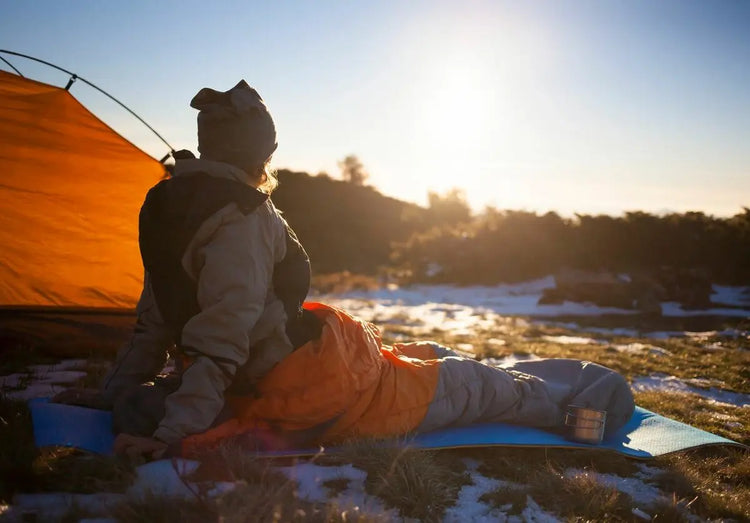Fall and winter camping can be incredibly rewarding, offering breathtaking landscapes and peaceful solitude. However, ensuring a comfortable night's sleep in colder temperatures requires choosing the right sleeping bag. In this ultimate guide, we will walk you through important factors to consider when selecting a sleeping bag for your fall and winter camping adventures.
-
Temperature Rating: The temperature rating of a sleeping bag is crucial for ensuring warmth during chilly nights. Look for bags with temperature ratings that match or exceed the lowest temperatures you expect to encounter. Consider factors such as your personal cold sensitivity and the potential for unexpected temperature drops. Opting for a bag with a lower temperature rating is always safer, as you can always unzip or vent it if you get too warm.
-
Insulation Type: Two primary insulation types dominate the market: down and synthetic. Down offers exceptional warmth-to-weight ratio, compressibility, and durability but may lose its insulating properties when wet. Synthetic insulation, on the other hand, retains warmth even in damp conditions, making it a reliable choice for wet environments. Choose the insulation type that best suits your camping conditions and preferences.
-
Fill Power: If you opt for a down sleeping bag, pay attention to fill power. Fill power refers to the quality of down insulation and its ability to loft and trap warm air. Higher fill power indicates better insulation, providing greater warmth without adding excessive weight or bulk. Look for bags with a fill power of 600 or higher for optimal performance.
-
Shape and Size: Sleeping bags come in various shapes, including rectangular, mummy, and semi-rectangular. Mummy-shaped bags offer better heat retention due to their snug fit, while rectangular bags provide more room for movement. Consider your personal comfort preferences and the level of insulation you require when selecting a shape. Additionally, ensure that the bag's size accommodates your height and body type for maximum comfort.
-
Weight and Packability: For backpackers and hikers, weight and packability are essential considerations. Look for sleeping bags that strike a balance between warmth and weight, opting for lightweight materials and compressible designs. This will allow you to pack your sleeping bag easily without adding unnecessary bulk to your gear.
-
Additional Features: Consider additional features that enhance comfort and convenience. This may include draft collars, hood cinches, insulated footboxes, stash pockets, and zipper types. These features can improve insulation, adjust fit, and provide storage options for small essentials.
Selecting the perfect sleeping bag is crucial for enjoying a comfortable and restful night's sleep during your fall and winter camping adventures. By considering factors such as temperature rating, insulation type, shape, size, weight, and additional features, you'll be able to make an informed decision that suits your needs. Remember, a well-chosen sleeping bag will keep you cozy and revitalized, allowing you to fully embrace the beauty of the great outdoors even in colder temperatures. Happy camping!




